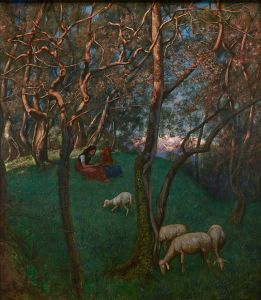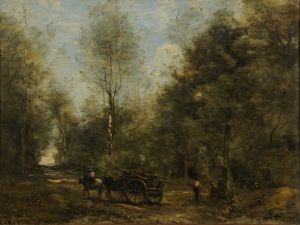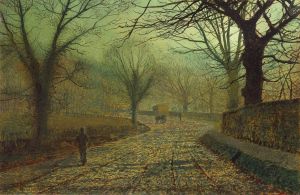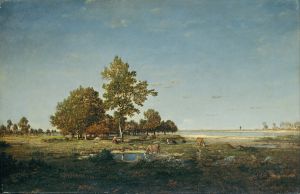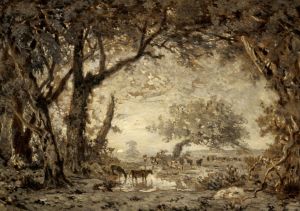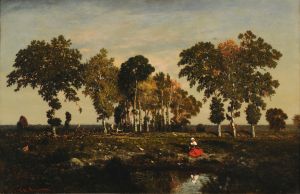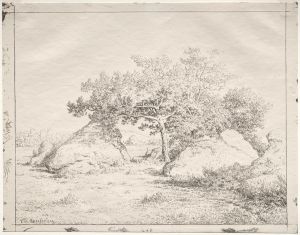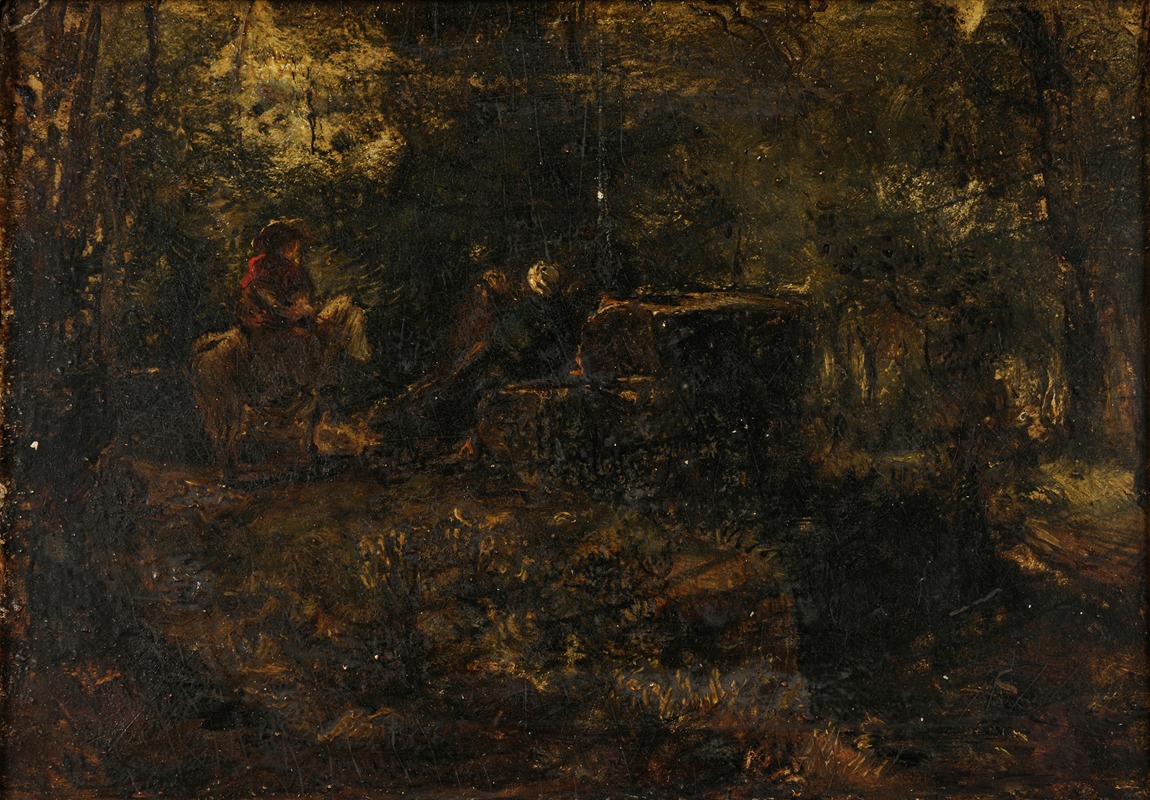
Sous-bois
A hand-painted replica of Théodore Rousseau’s masterpiece Sous-bois, meticulously crafted by professional artists to capture the true essence of the original. Each piece is created with museum-quality canvas and rare mineral pigments, carefully painted by experienced artists with delicate brushstrokes and rich, layered colors to perfectly recreate the texture of the original artwork. Unlike machine-printed reproductions, this hand-painted version brings the painting to life, infused with the artist’s emotions and skill in every stroke. Whether for personal collection or home decoration, it instantly elevates the artistic atmosphere of any space.
Sous-bois is a notable painting by the French artist Théodore Rousseau, a leading figure of the Barbizon School, which was a movement that emerged in France during the mid-19th century. This movement was characterized by its focus on natural landscapes and its departure from the idealized representations of nature that were prevalent in academic art at the time. Rousseau, along with his contemporaries, sought to capture the natural beauty and authenticity of the French countryside, often painting en plein air, or outdoors, to achieve a more direct and truthful representation of the landscape.
Théodore Rousseau was born on April 15, 1812, in Paris, France. He showed an early interest in art and began his formal training at a young age. Rousseau's work is often associated with the Barbizon School, named after the village of Barbizon near the Forest of Fontainebleau, where many of the artists gathered to paint. This group of artists was instrumental in the development of landscape painting in the 19th century, and they played a crucial role in the transition from Romanticism to Realism in art.
Sous-bois, which translates to "underwood" or "forest floor," exemplifies Rousseau's dedication to capturing the essence of the natural world. The painting depicts a wooded scene, focusing on the interplay of light and shadow among the trees and the undergrowth. Rousseau's meticulous attention to detail and his ability to convey the atmosphere of the forest are evident in this work. The painting reflects his deep appreciation for nature and his commitment to portraying it with sincerity and precision.
Rousseau's technique in Sous-bois demonstrates his skillful use of color and texture to create a sense of depth and realism. He often employed a muted palette, which allowed him to emphasize the subtle variations in light and shadow that define the forest environment. This approach not only highlights the natural beauty of the scene but also invites the viewer to experience the tranquility and serenity of the forest.
Throughout his career, Rousseau faced challenges in gaining recognition for his work. His paintings were initially met with resistance from the traditional art establishment, which favored historical and religious subjects over landscapes. However, Rousseau's persistence and dedication to his craft eventually earned him a place among the leading artists of his time. By the late 19th century, his work was celebrated for its innovative approach to landscape painting and its influence on future generations of artists.
Sous-bois, like many of Rousseau's works, is a testament to his passion for nature and his ability to capture its essence on canvas. Today, his paintings are held in high regard and can be found in major art museums and collections around the world. Rousseau's legacy as a pioneer of the Barbizon School and a master of landscape painting continues to be appreciated by art enthusiasts and scholars alike.





